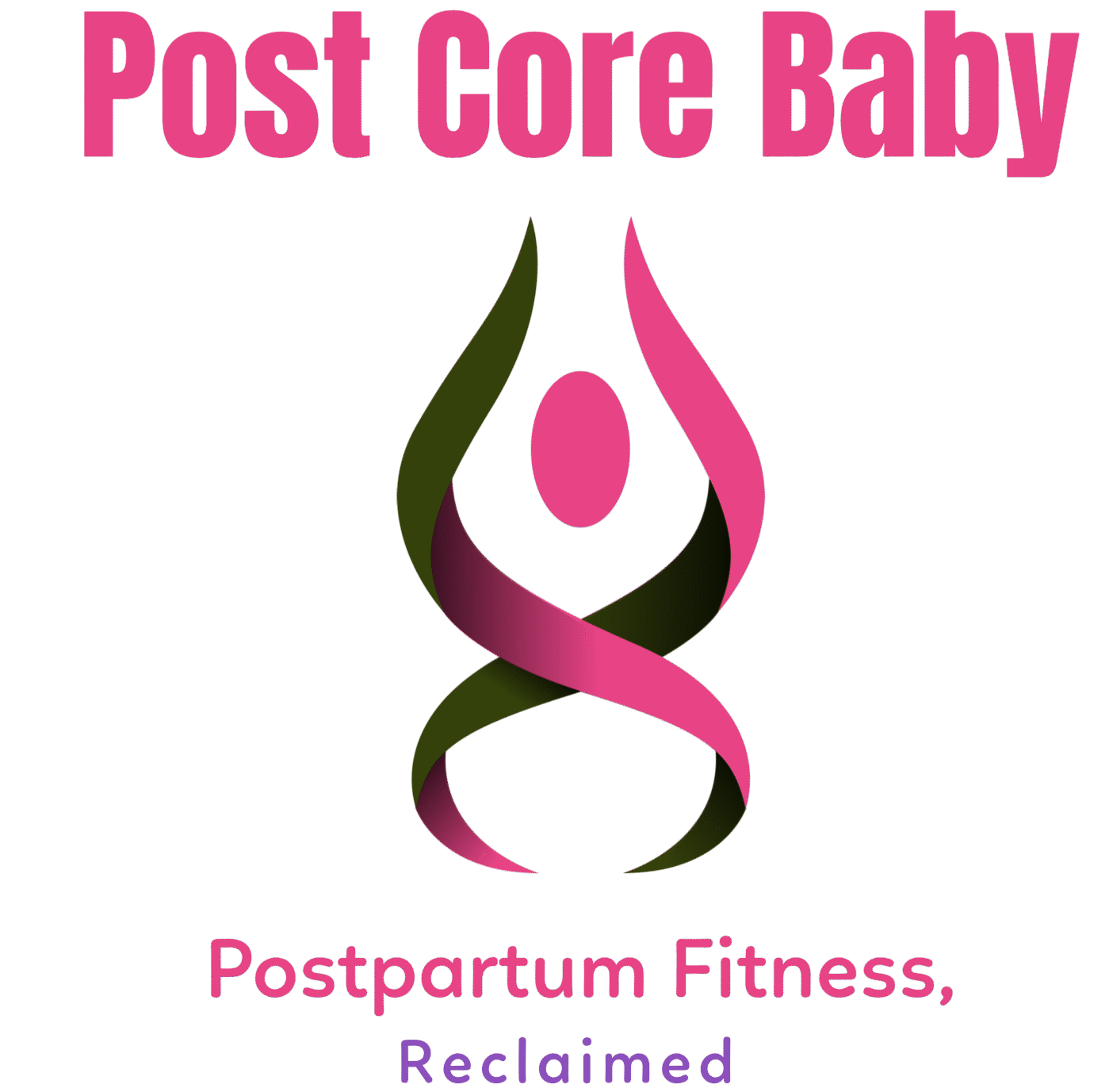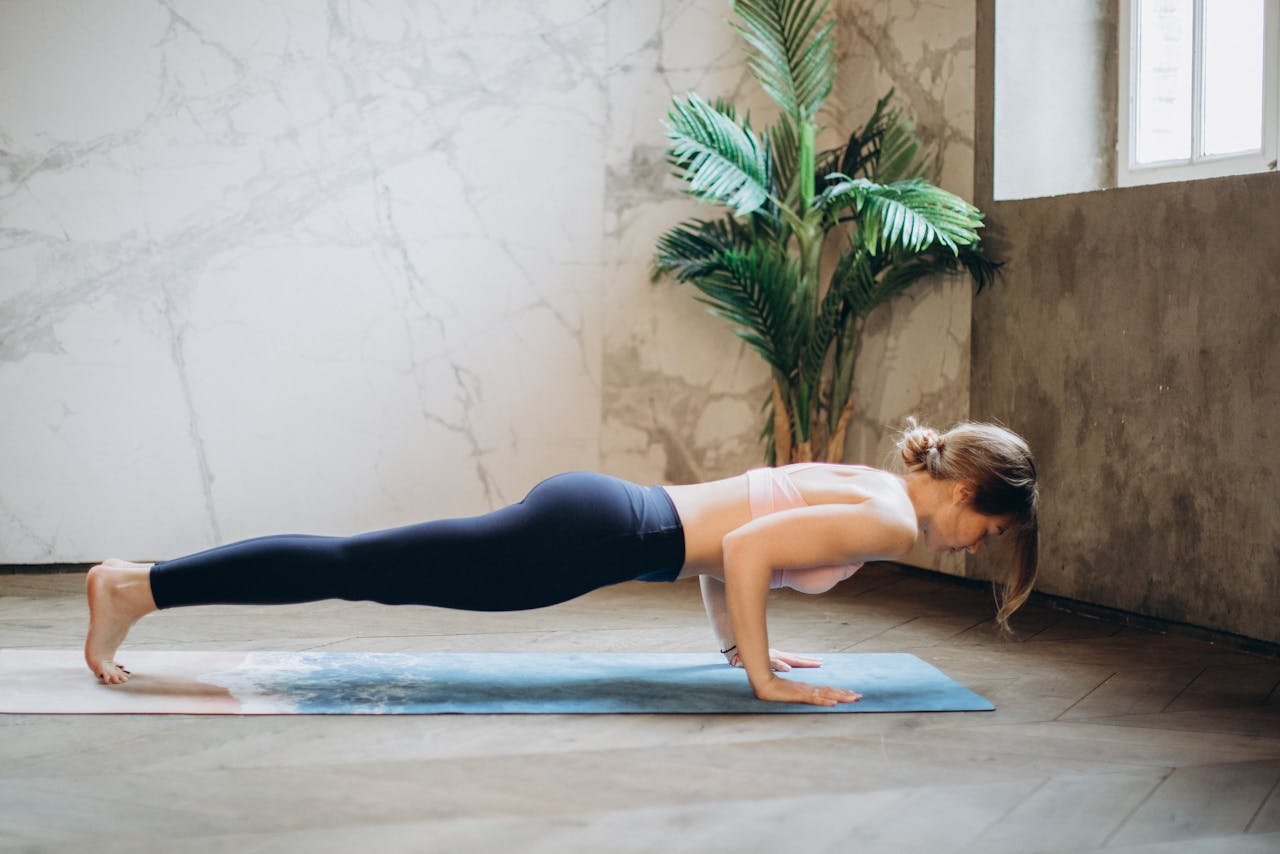Pregnancy and childbirth put significant strain on the pelvic floor—a group of muscles that support the uterus, bladder, and bowel. Weakness in these muscles can lead to postpartum issues like bladder leakage, pelvic organ prolapse, and core instability. That’s why pelvic floor exercises are essential for postpartum pelvic health and full-body recovery.
Whether you had a vaginal delivery or a C-section, restoring your pelvic floor is just as important as rebuilding your core. The good news? With the right exercises and tools, you can start healing gently—and effectively—from home.
Why Pelvic Floor Health Matters After Birth
During pregnancy, the growing uterus stretches the pelvic floor. In a vaginal birth, these muscles are further strained—especially if there was tearing, use of forceps, or prolonged pushing. Even C-section births impact pelvic health due to abdominal and hormonal changes.
If not addressed, weakened pelvic floor muscles can lead to:
- Urinary or fecal incontinence
- Pelvic organ prolapse
- Pain during intercourse
- Lower back pain
- Core weakness and poor posture
By incorporating pelvic floor exercises into your postpartum routine, you can restore strength, improve bladder control, and support long-term pelvic and abdominal function.
Best Pelvic Floor Exercises for New Moms
These safe, beginner-friendly moves help re-engage and strengthen your pelvic floor muscles:
1. Kegels (Pelvic Floor Contractions)
Kegels are the foundation of pelvic floor training. To perform:
- Sit or lie down comfortably.
- Inhale deeply.
- As you exhale, contract the muscles you’d use to stop urinating.
- Hold for 3–5 seconds, then relax for the same amount of time.
Aim for 10 reps, 2–3 times per day. Start small and build up your hold time as strength returns.
🔗 Pro Tip: For enhanced results, use an Amazon pelvic floor trainer—like kegel weights or electronic biofeedback devices. These tools help you engage the right muscles with proper technique and track progress over time.
2. Bridge with Pelvic Floor Engagement
This move activates both the glutes and pelvic floor:
- Lie on your back with knees bent and feet flat.
- Inhale to prepare.
- Exhale, engage your pelvic floor and lift your hips.
- Hold for a few seconds, then slowly lower.
Perform 10–15 reps. Add a light Onnit resistance band around the thighs for extra engagement as you progress.
3. Heel Slides with Breathwork
This gentle movement works your core and pelvic floor:
- Lie on your back with knees bent.
- Inhale to prepare.
- Exhale, engage your pelvic floor and slide one heel out slowly, then back in.
- Alternate legs for 10 reps.
This is a great early postpartum move that supports healing without strain.
Structured Support: MUTU System & Onnit Tools
If you want expert guidance, the MUTU System is a top-rated online program specifically designed for postpartum pelvic health. It includes daily pelvic floor and core rehab exercises and has helped thousands of women recover from diastasis recti, prolapse, and incontinence.
💡 Many pelvic physical therapists recommend MUTU as a science-backed, mom-safe recovery system.
Onnit, known for functional fitness gear, also offers great tools like balance cushions, resistance bands, and core sliders—all of which can safely increase pelvic floor engagement as you advance.
Progress Takes Time—Be Gentle with Yourself
The most important rule of postpartum fitness: start slow and stay consistent. You might not feel results right away, but daily pelvic floor work builds strength from within. Don’t be discouraged if progress seems slow—every rep is a step toward better control, comfort, and confidence.
Also, avoid high-impact exercises (running, jumping) until your pelvic floor is strong enough to handle the pressure. Leaking or pressure sensations are signs to scale back and consult a pelvic health professional.
When to Seek Help
If you’re experiencing:
- Persistent urinary leakage
- Pelvic heaviness or bulging
- Pain during sex
- No improvement after several weeks of exercises
…it’s time to speak with a pelvic floor physical therapist. These specialists provide one-on-one assessments and treatment plans to help you recover fully and safely.
Final Thoughts
Pelvic floor exercises are a crucial but often overlooked part of postpartum recovery. Prioritize your postpartum pelvic health with simple daily movements, effective tools (like pelvic trainers from Amazon), and guided systems like MUTU. With time and patience, you’ll feel stronger, more supported, and more in control.





